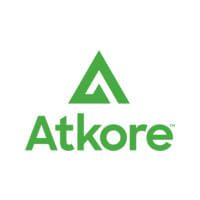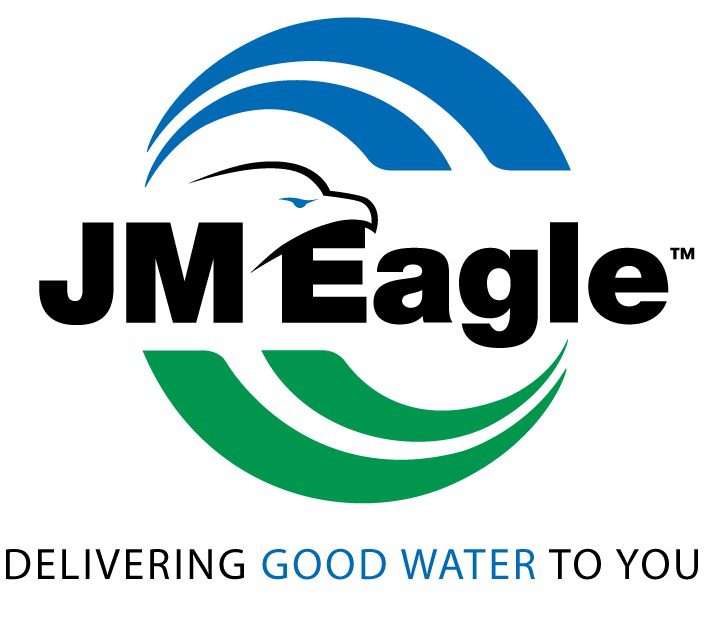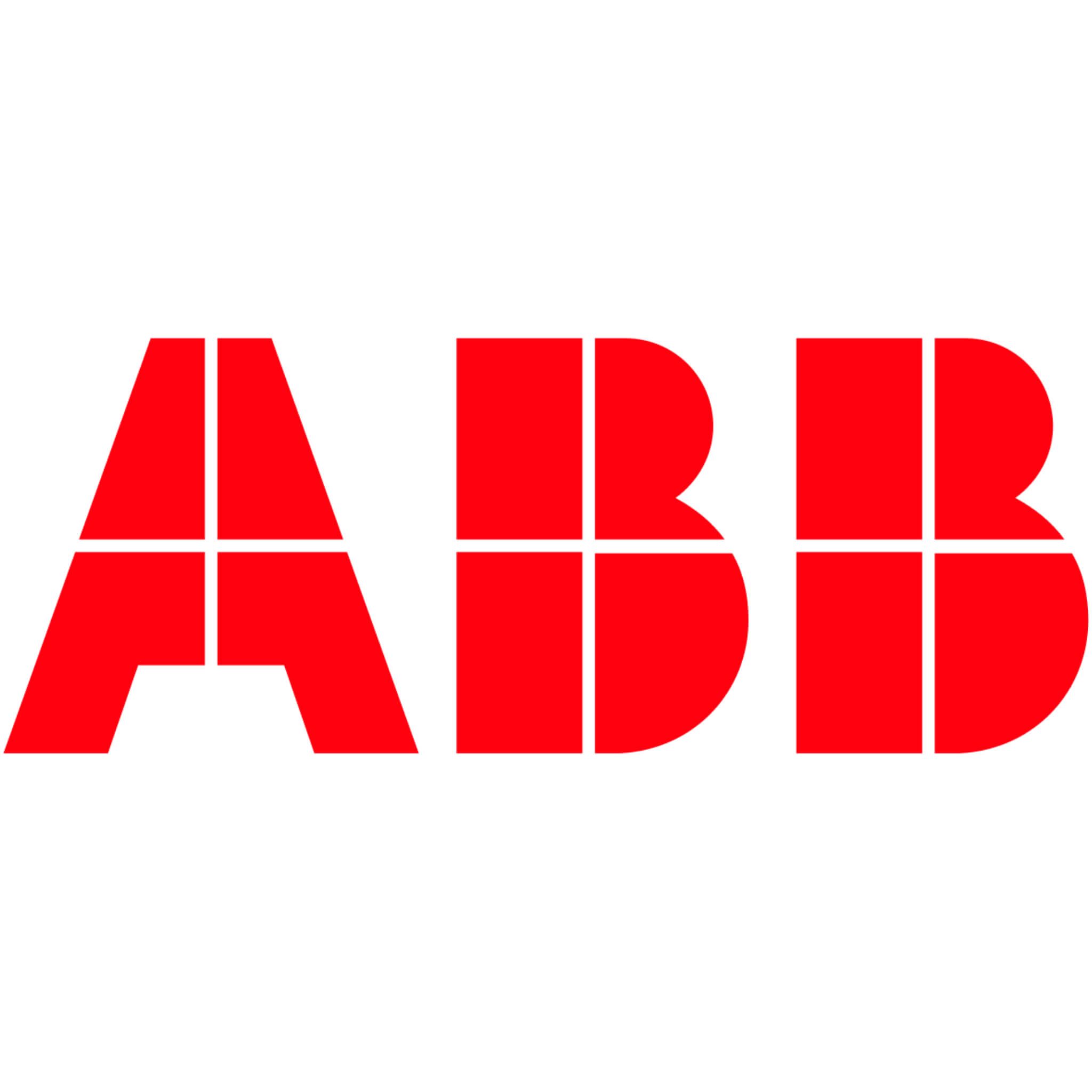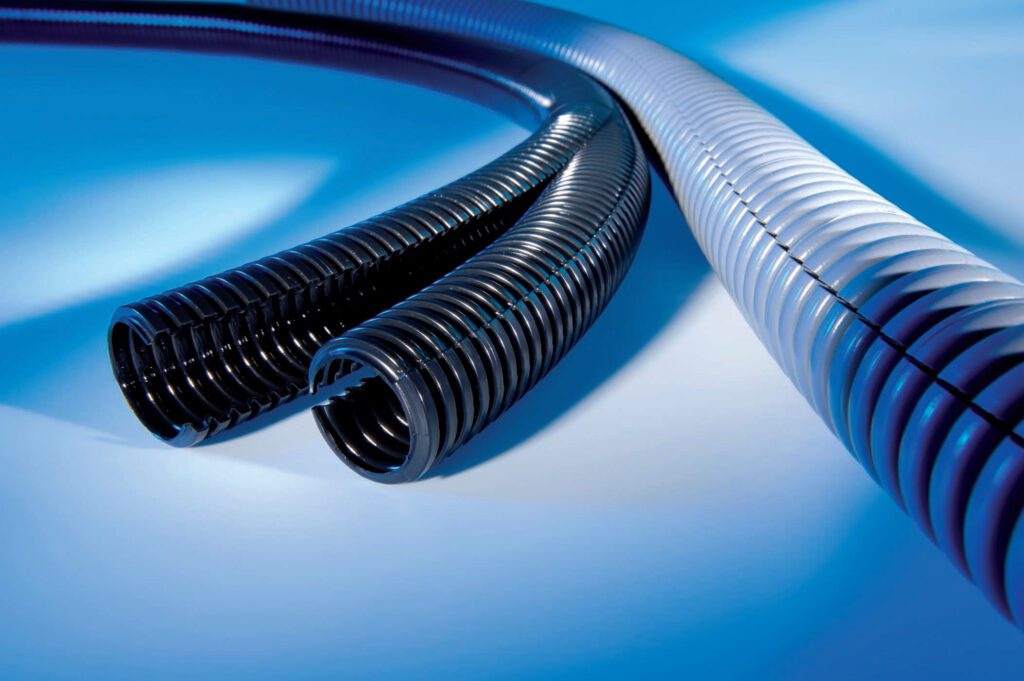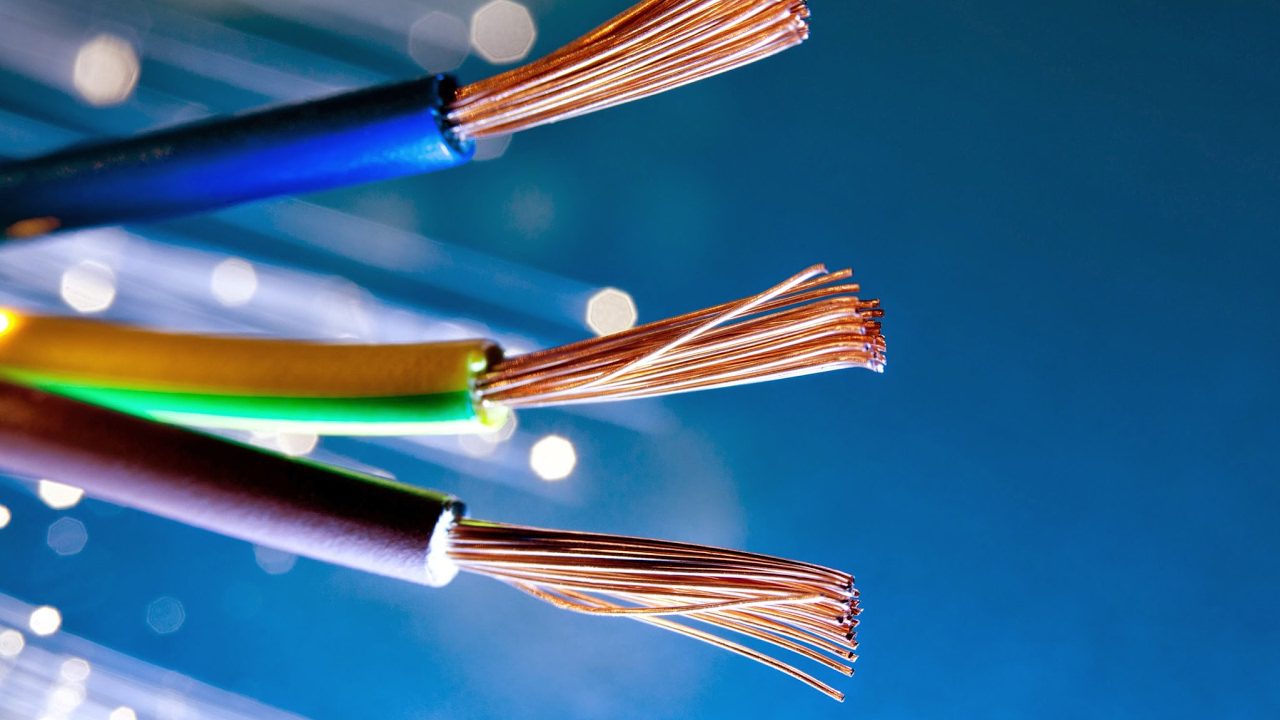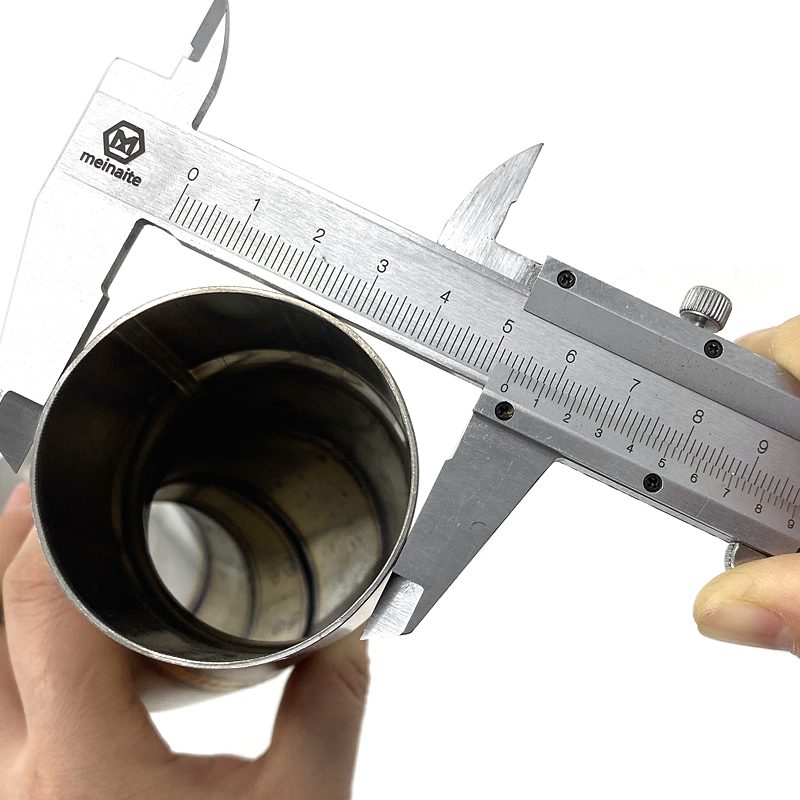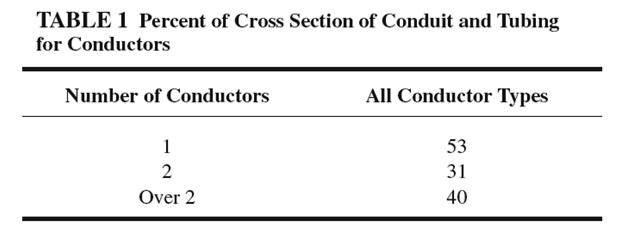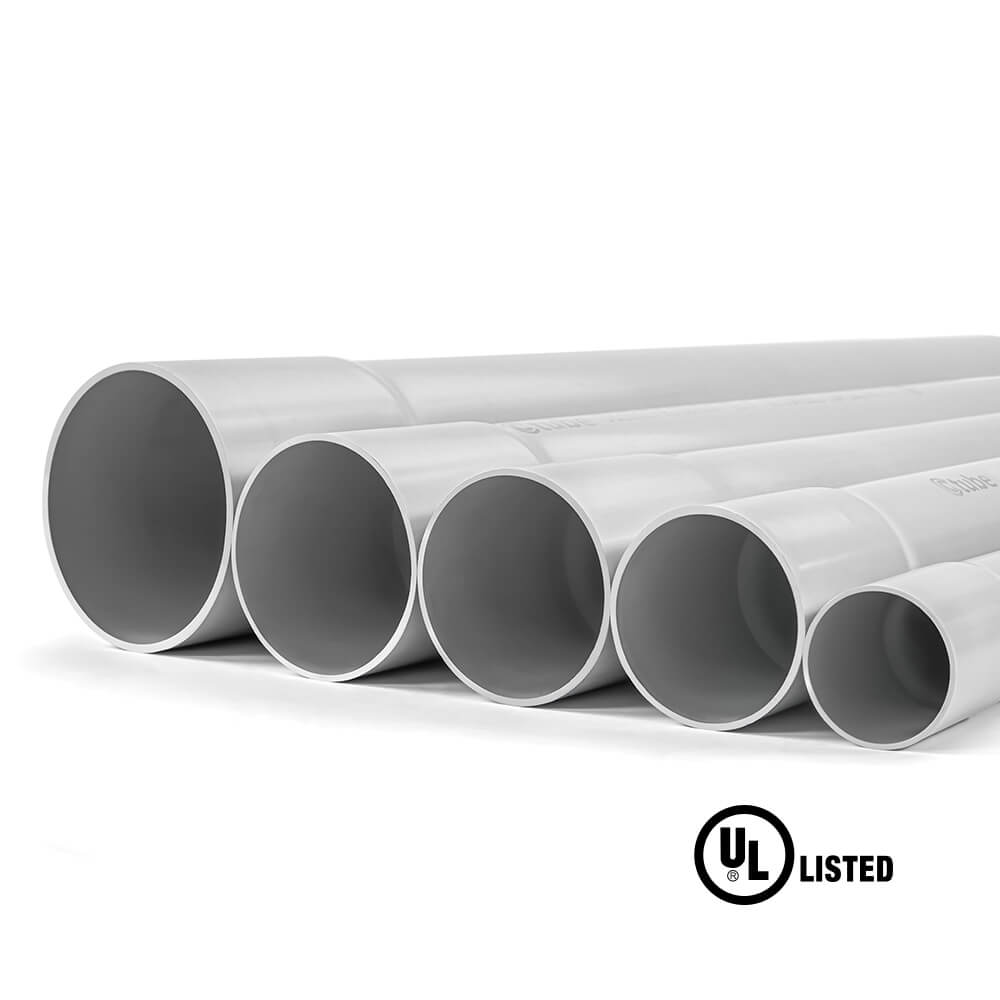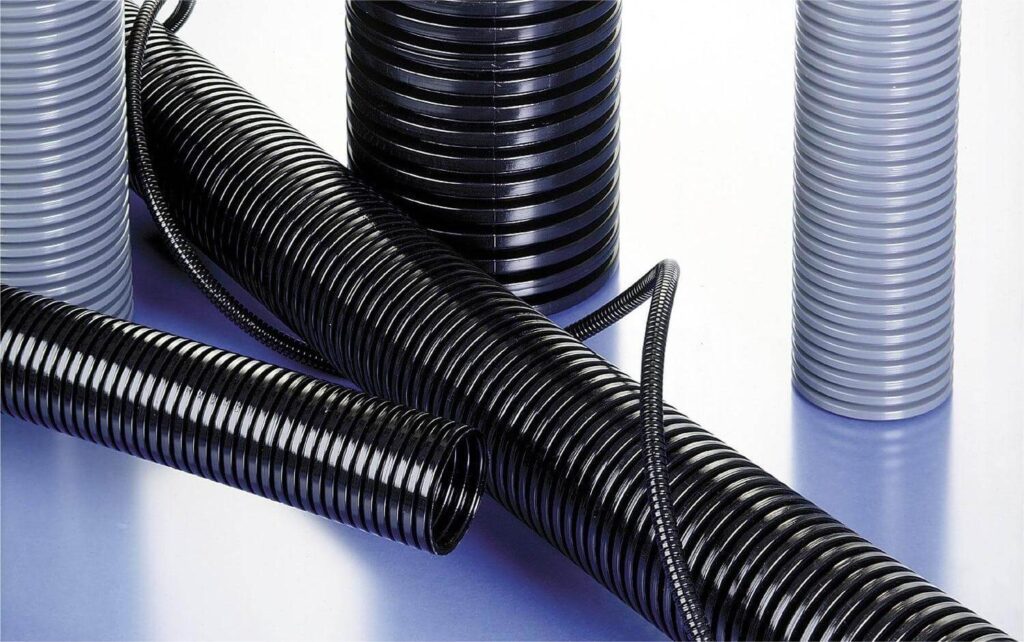What Electrical PVC Conduit Manufacturers are ISO 9001?
In the dynamic world of electrical installations, the quality and reliability of components are paramount. Among these components, PVC conduits play a crucial role in protecting electrical wiring systems. For contractors, engineers, and electricians, choosing a manufacturer with an ISO 9001 certification ensures that the products meet the high standards of quality management and consistency. This certification, recognized globally, signifies a commitment to continuous improvement, customer satisfaction, and regulatory compliance.
ISO 9001 certified manufacturers adhere to rigorous quality control processes and robust management systems, making them the preferred choice for many industry professionals. This article will briefly introduce the significance of ISO 9001 certification in the context of PVC conduit manufacturing and highlights some of the manufacturers who have achieved this standard. By understanding the benefits and identifying top certified manufacturers, stakeholders can make informed decisions that enhance the safety and efficiency of their electrical systems.
ISO 9001 is a widely acknowledged standard for quality management systems, applicable across various industries and organization sizes. It assists organizations in enhancing their performance, satisfying customer needs, and showcasing their dedication to quality. The standard outlines the necessary steps to develop, implement, maintain, and continuously improve a quality management system (QMS).
1. Atkore Group
Atkore is a prominent global manufacturer known for its leadership in electrical, safety, and infrastructure solutions, with facilities spread across the globe, particularly its premium PVC conduit range. Atkore’s Queen City Plastics division, based in Fort Mill, SC, has been manufacturing high-quality PVC electrical conduit, elbows, and fittings for over 50 years. Known for their durability and reliability, these products include Schedule 40 and Schedule 80 rigid PVC conduit as well as conduit for encased or direct burial applications, all meeting UL, NEMA, and ASTM specifications. Produced across several sites in the USA, Queen City Plastics’ offerings have earned the preference of distributors and contractors nationwide, maintaining a strong reputation in the industry for their consistent quality and performance
Among Atkore’s specialized product lines is Calbond, which includes PVC-coated conduits, fittings, and accessories designed to protect electrical systems in highly corrosive environments. Calbond products are UL Listed and ETL Certified, engineered to perform under extreme conditions. The conduit bodies feature a 2 mm urethane interior and a 40 mm PVC coating on the exterior, while all fittings incorporate flexible overlapping sleeves to ensure a tight seal at every connection. This robust construction ensures maximum protection and durability, making Calbond a trusted choice for challenging environments.
2. IPEX
IPEX is the leader in thermoplastic piping systems, renowned for designing and manufacturing the industry’s largest and most diverse range of integrated piping products. Their comprehensive offerings equip professionals to tackle the full spectrum of challenges in municipal, industrial, commercial, and residential sectors. IPEX’s dedication to quality, innovation, and sustainability is evident in every product they deliver, making them a trusted name in the industry.
One of IPEX’s standout features is the industry’s broadest selection of electrical PVC conduit, nonmetallic tubing, and fittings. These products are meticulously designed with contractors and engineers in mind, providing solutions that save both time and money while ensuring safety and compliance in electrical installations. Additionally, IPEX specializes in separation technology, offering innovative solutions for the effective separation of solids and liquids. These products are crucial for applications in water treatment, industrial processes, and environmental protection, ensuring efficient and reliable performance.
From superior electrical solutions to their extensive range of piping products, IPEX continues to set the standard, driven by a relentless pursuit of quality and innovation. Their commitment to sustainability and cutting-edge technology makes IPEX a trusted partner for professionals across various sectors.
3. JM Eagle™
JM Eagle™, with 22 manufacturing plants throughout North America, manufactures the widest array of high-grade, high-performance polyvinyl chloride (PVC) and high-density polyethylene (PE) pipes. These products cater to a variety of industries and applications, including utility, solvent weld, electrical conduit, natural gas, irrigation, potable water, and sewage.
As the world’s largest eco-conscious plastic pipe manufacturer, JM Eagle™ is known for innovative technology, exceptional customer care, and a diverse range of sustainable products. The company’s industry-leading pipes offer competitive advantages while minimizing environmental impact. Their global reach is dedicated to nurturing existing relationships and building new ones for a greener future.
JM Eagle™ creates an extensive range of premium, environmentally friendly plastic pipes that deliver exceptional performance. Their commitment to innovation drives a continuous stream of sustainable solutions, meeting the diverse needs of their customers. As a trusted and cost-effective source for environmentally responsible plastic pipes, they possess the expertise to meet demands across various industries and applications.
JM Eagle™ has dedicated substantial resources to research and development, harmonizing cutting-edge product technology with advanced automation to yield top-tier sustainable solutions. The company’s unwavering commitment revolves around producing the finest quality plastic pipes, upholding their promise to maintain enduring product excellence.
4. Western Tube
Western Tube, a division of Zekelman Industries, aims to be the most successful supplier of steel and aluminum conduit and EMT, making it the first choice for customers in its markets. Since 1964, the company has been dedicated to service, quality, and building lasting relationships. Western Tube offers a comprehensive range of high-quality electrical products designed to meet diverse industry needs. Their product line includes Steel EMT, Z1-Strut, Rigid Metal Conduit, Intermediate Metal Conduit, Rigid Aluminum Conduit, and various Time-Saving Electrical Products. These products are engineered for exceptional performance and reliability, making Western Tube a trusted choice for electrical contractors and professionals.
Western Tube is committed to serving its customers by ensuring the quality of its products, meeting or exceeding expectations, and providing unmatched customer service. The success of their customers is central to their mission, driving them to support and participate in their customers’ success. As part of Zekelman Industries, the largest independent steel pipe and tube manufacturer in North America, Western Tube is committed to making things easier for their customers (MAKE IT eZ). They provide high-quality, American-made products with exceptional customer service and next-day delivery from strategically located warehouses. This dedication is reflected in their efforts to simplify processes and deliver outstanding value to their customers.
The company continuously advances its technology to better serve its customers, capitalizing on core technologies and enhancing product quality. Western Tube strives for excellence in all endeavors, emphasizing continuous improvement and a passion for being the best. They uphold a strong code of ethics, complying with all laws and regulations and maintaining high standards of integrity in its relationships with customers, suppliers, employees, and communities.
5. Wheatland Tube
Wheatland Tube, a division of Zekelman Industries, stands as a cornerstone in the industry, committed not only to providing superior products but also to solving contractors’ challenges with dedication and expertise. Since its inception in 1931, Wheatland Tube has upheld a legacy of service that dates back to 1877, when John Maneely, the founder of Wheatland’s parent company, began selling pipe, valves, and fittings in Philadelphia.
As part of Zekelman Industries, the largest independent steel pipe and tube manufacturer in North America and a leader in modular construction innovations, Wheatland Tube takes pride in offering a wide range of American-made products. These include Electrical Conduit/EC&N, Z1-Strut for structural support solutions, Standard Pipe for various applications, Steel Fire Sprinkler Pipe ensuring safety in fire protection systems, Mechanical Tube for diverse mechanical applications, Fence Framework for sturdy fencing solutions, and Energy Tubulars supporting energy sector infrastructure.
Wheatland Tube distinguishes itself by continually investing in advanced technologies to enhance logistics management, improve ordering insights, and streamline business operations for their distributors. This commitment reflects their mission to MAKE IT eZ for their partners, supporting efficient stocking and installation of their products across the industry.
6. ABB
ABB is a global technology leader specializing in electrification and automation, dedicated to fostering a sustainable and resource-efficient future. With over 140 years of expertise, ABB’s 105,000 employees worldwide are at the forefront of driving innovations that accelerate industrial transformation. The company integrates engineering know-how and advanced software to optimize manufacturing processes, transportation systems, power distribution, and operational efficiency across various industries.
ABB offers a diverse portfolio of technology products and systems designed for both industrial and commercial customers. This includes Control Room Solutions, Drives for precise motor control, Electric Drivetrains enhancing vehicle performance, and Electric Vehicle Charging Infrastructure supporting the transition to electric mobility. Additionally, ABB provides Industrial Software for comprehensive operational management, Metallurgy Products essential for metal refining processes, and Motors and Generators ensuring reliable power generation and utilization.
Complementing these offerings are PLC Automation solutions facilitating industrial automation, Power Converters and Inverters for efficient energy conversion, Robotics for automated manufacturing processes, and a comprehensive range of Low Voltage and Medium Voltage Products and Systems. ABB’s commitment to innovation and sustainability is further underscored by their Measurement and Analytics solutions, enabling precise monitoring and optimization of industrial operations to enhance efficiency and reduce environmental impact.
With a steadfast focus on continuous advancement and global impact, ABB remains committed to delivering cutting-edge technologies that empower businesses and industries to thrive in today’s rapidly evolving world.
7. Vinidex
Vinidex is a cornerstone of Australian manufacturing, renowned for its expertise in advanced pipe systems and solutions tailored to a wide range of applications. With over 60 years of operational excellence, Vinidex offers a comprehensive lineup of product systems designed to meet diverse industry needs. This includes PVC Pressure Systems optimized for high-pressure environments, PE Systems prized for their versatility, and essential Electrical & Communications Systems crucial for robust infrastructure. Their offerings extend to Process Piping Systems tailored for industrial applications, Ductile Iron Pipe Systems valued for their durability, and efficient PVC DWV and Stormwater Systems that address drainage requirements.
Vinidex also provides comprehensive solutions such as Building Drainage Systems and Stormwater and Underground Drainage Systems, catering to various environmental demands. Their product range further includes Mechanical Couplings & Repair Clamps for dependable pipe maintenance, along with a variety of Pipe Jointing, Accessories & Components that complement their extensive pipeline offerings.
Aligned with their commitment to sustainability and innovation, Vinidex integrates these principles deeply into their operations. Supported by Aliaxis, a global leader in plastic piping solutions with a substantial global workforce, Vinidex leverages international expertise to deliver cutting-edge technologies and solutions to their Australian clientele. This strategic partnership enhances Vinidex’s capabilities in meeting evolving market needs and reinforces their position as a leader in the Australian piping industry.
8. Ctube
Ctube is a leading and professional manufacturer of pvc conduit and fittings in China, specializing in the development and production of innovative PVC conduits and fittings for cable management and protection. Ctube offers a wide range of high-quality products, including UL-listed PVC conduit pipes, solar conduit and fittings, halogen-free conduit and fittings, and products compliant with AS/NZS 2053 and British standards. Ctube’s products have received multiple certifications, such as UL, CSA, CE, ROHS, IEC, and AS/NZS 2053, ensuring they meet stringent international standards for safety and performance.
Ctube is dedicated to delivering products and services promptly and efficiently, catering to a broad spectrum of customer needs. Ctube’s full-range conduit and pipe selection provides unparalleled versatility and choice, with a comprehensive array of certifications, sizes, and configurations designed to meet the diverse demands of modern electrical infrastructure projects. Whether for small-scale residential installations, large-scale commercial developments, or specialized industrial applications, Ctube’s extensive product line ensures customers have the right solutions readily available, enhancing the efficiency and reliability of their projects.
Ctube offers a comprehensive range, including Type EB, DB120 conduits, sch 40, and sch 80 expertly manufactured to protect electrical wiring and cables while maintaining code compliance. Furthermore, Ctube provides PVC ENT (Electrical Non-Metallic Tubing), a flexible yet robust alternative ideal for concealed wiring in walls, ceilings, and floors. Ctube is committed to serving products that not only meet but surpass expectations. Choose Ctube to upgrade electrical installation.
For more information, please visit our website:https://www.ctube-gr.com/
What Electrical PVC Conduit Manufacturers are ISO 9001? Read More »


